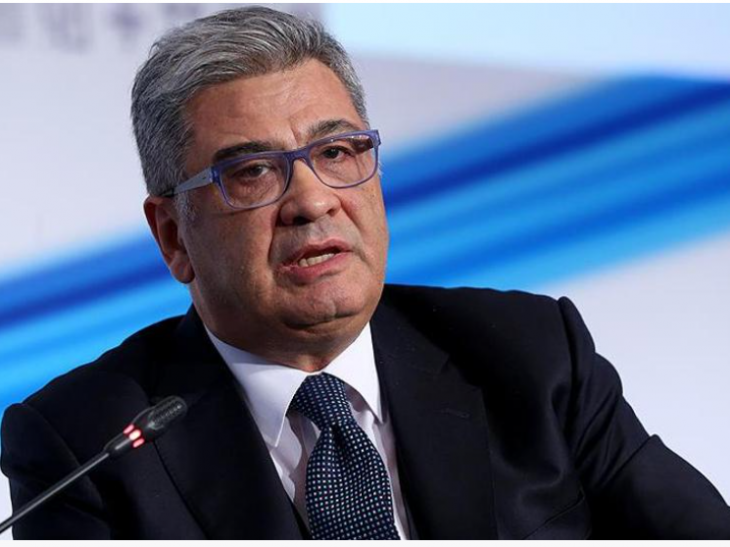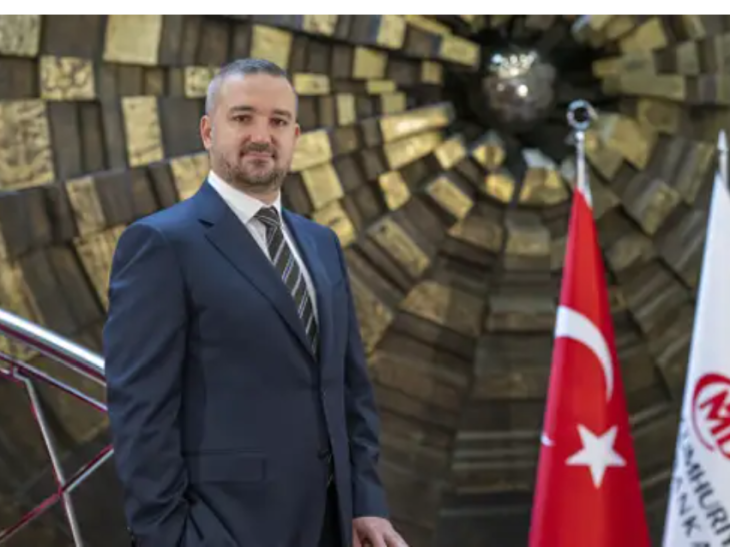Monetary policy: Experimenting with dual interest rates
 para politikasi koridor
para politikasi koridor
We expect the CBRT interest rate hike to be around 200 basis points. The recent steps taken towards unwinding the KKM (Turkey’s FX protected deposit scheme) show once again that progress is being made in the fight against inflation within the framework of increasing interest rates indirectly, instead of directly the policy rate, and strengthening this with macroprudential policies. We will enter a period when the share of TL deposits in total deposits is the new intermediate monetary policy goal. This process aims to shrink KKM, not grow from now on. The steps taken to increase the attractiveness of the Turkish Lira are positive, but if the deposits from KKM are intended to be converted into TL deposits, the yield should turn into real, above the expected inflation.
[embed]https://www.youtube.com/watch?v=vQPolEQQ9WA&t=1s[/embed]
Considering that the current 12-month inflation expectations are around 40 percent, it would not be wrong to expect deposit rates to be 40 percent, maybe even 50 percent. Only at that point, a migration to TL can be expected. In order for this migration to be strong, the belief that inflation will decrease must be strong and there must be confidence that a deposit return above inflation will be achieved. Another important factor is the belief that the exchange rate risk has decreased.
In terms of sustaining competitiveness, it seems likely that exchange rates will go up at least as much as inflation. How long it will take a mass return to TL will be an important and hard-to-answer question, because it will not happen before inflation expectations are anchored.
[embed]https://www.youtube.com/watch?v=c3fQZiI9Sj4&t=1s[/embed]
Under normal circumstances, an increase in deposit interest will necessitate an increase in loan rates. In particular, the further rise in loan rates for consumers will suppress domestic demand. How much decline in the growth rate the polity can tolerate when we are heading for municipal elections is another important question before us. In the meantime, it seems that the bond rates will continue to be kept low, close to the policy rate. Such a picture will keep the demand for Turkish bonds weak and continue the pressure on foreign capital inflows. Very high deposit and loan rates on one side and low bond and policy rates on the other?
This strange policy mix has created a rather wide kind of interest rate corridor for the Turkish economy. Considering its volatility, we can say that we are in a dynamic interest rate corridor. As in the last 11 years, we cannot achieve the result we want when we turn to indirect methods instead of direct policies in terms of fighting inflation.
In order to create clarity regarding inflation expectations of the actors of the economy, dual interest rates should converge rather than diverge.
Prof Erhan Aslanoglu is a leading economic scholar and columnist for Ekonomim.com
Follow our English language YouTube videos @ REAL TURKEY: https://www.youtube.com/channel/UCKpFJB4GFiNkhmpVZQ_d9Rg
And content at Twitter: @AtillaEng
Facebook: https://www.facebook.com/realturkeychannel






